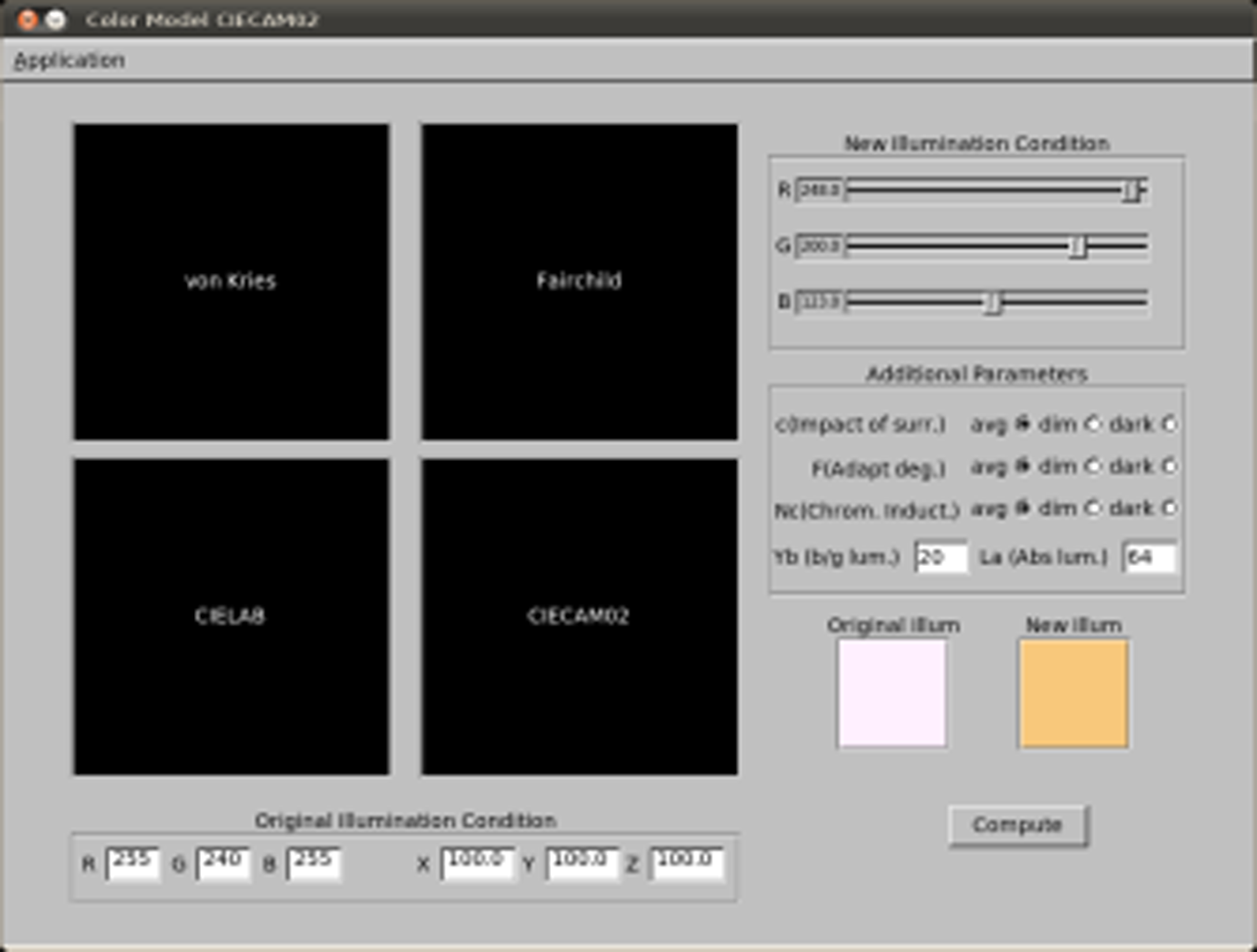“A new model for adaptive displays based on von Kries hypothesis” by Zhang and Cowan
Conference:
Type(s):
Title:
- A new model for adaptive displays based on von Kries hypothesis
Presenter(s)/Author(s):
Abstract:
Color appearance of images on self-luminous displays, such as LCD monitors, depends on two sources of illumination: scene illumination within the image itself and ambient illumination in the viewing environment. Color appearance models (CAMs) attempt to predict how perception changes as ambient illumination changes. At their best they provide viewers with an illumination-independent viewing experience. However, existing CAMs are complex and application-specific. Thus they are poorly suited to adaptive displays. For example, existing adaptive displays provide only achromatic adaptation, limiting the complexity of CAMs and minimizing tuning. We propose a new model based on von Kries adaptation, the theory on which most CAMs are based upon. It takes into account the mixed adaptation state produced by self-luminous displays. Compared to existing CAMs, our model is simpler and more efficient, yet shares the generic features of more complex CAMs.
References:
1. Braun, K., and Fairchild, D. 1997. Testing Five Color Appearance Models for Changes in Viewing Conditions. In Color Research & Application, vol. 33, 165–173.
2. Fairchild, M. D. 2005. Color Appearance Models, 118–204. Wiley-IS&T, Chichester, UK.
3. Fairchild, M. D. 2005. Color Appearance Models, 215–300. Wiley-IS&T, Chichester, UK.






